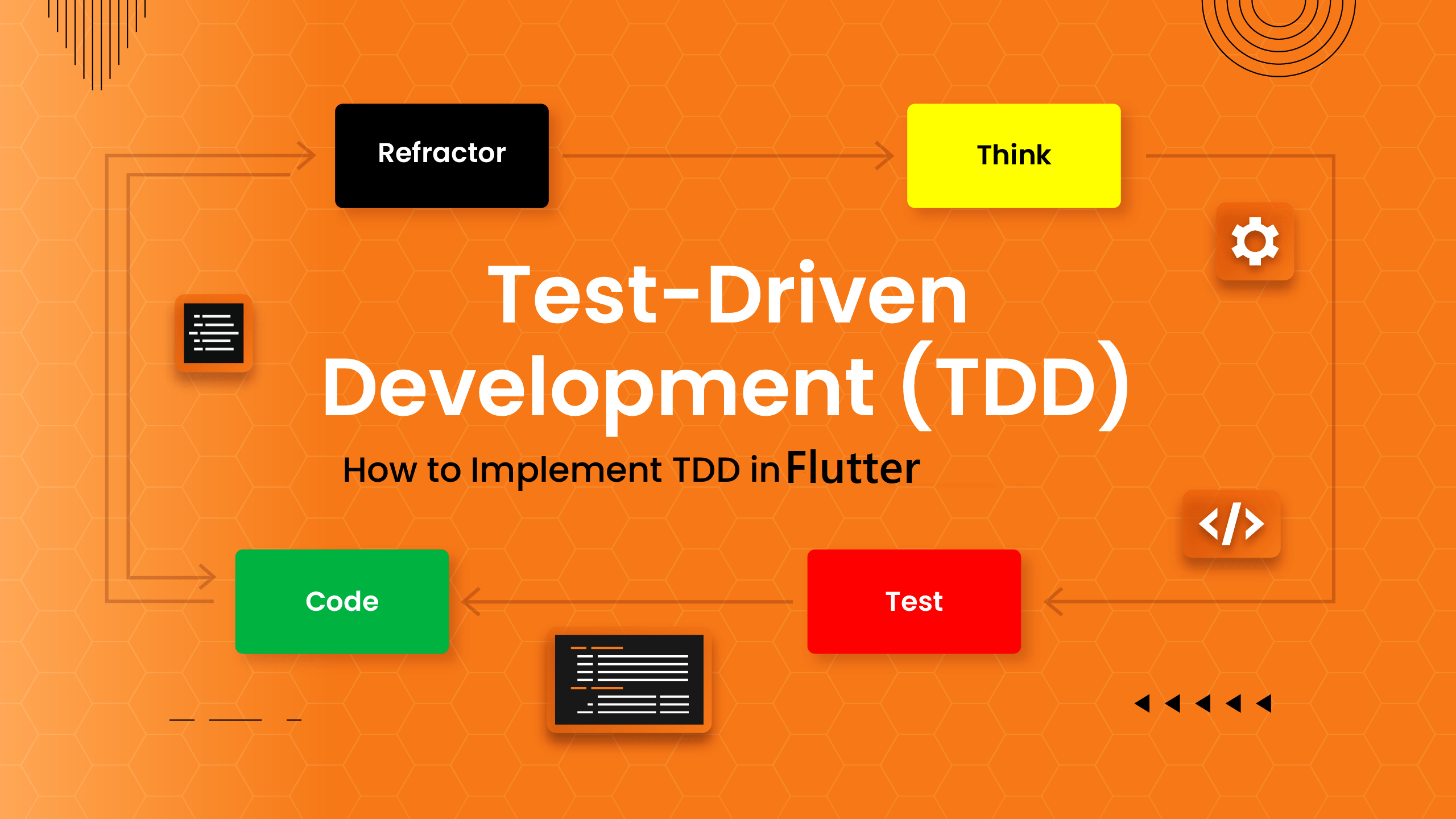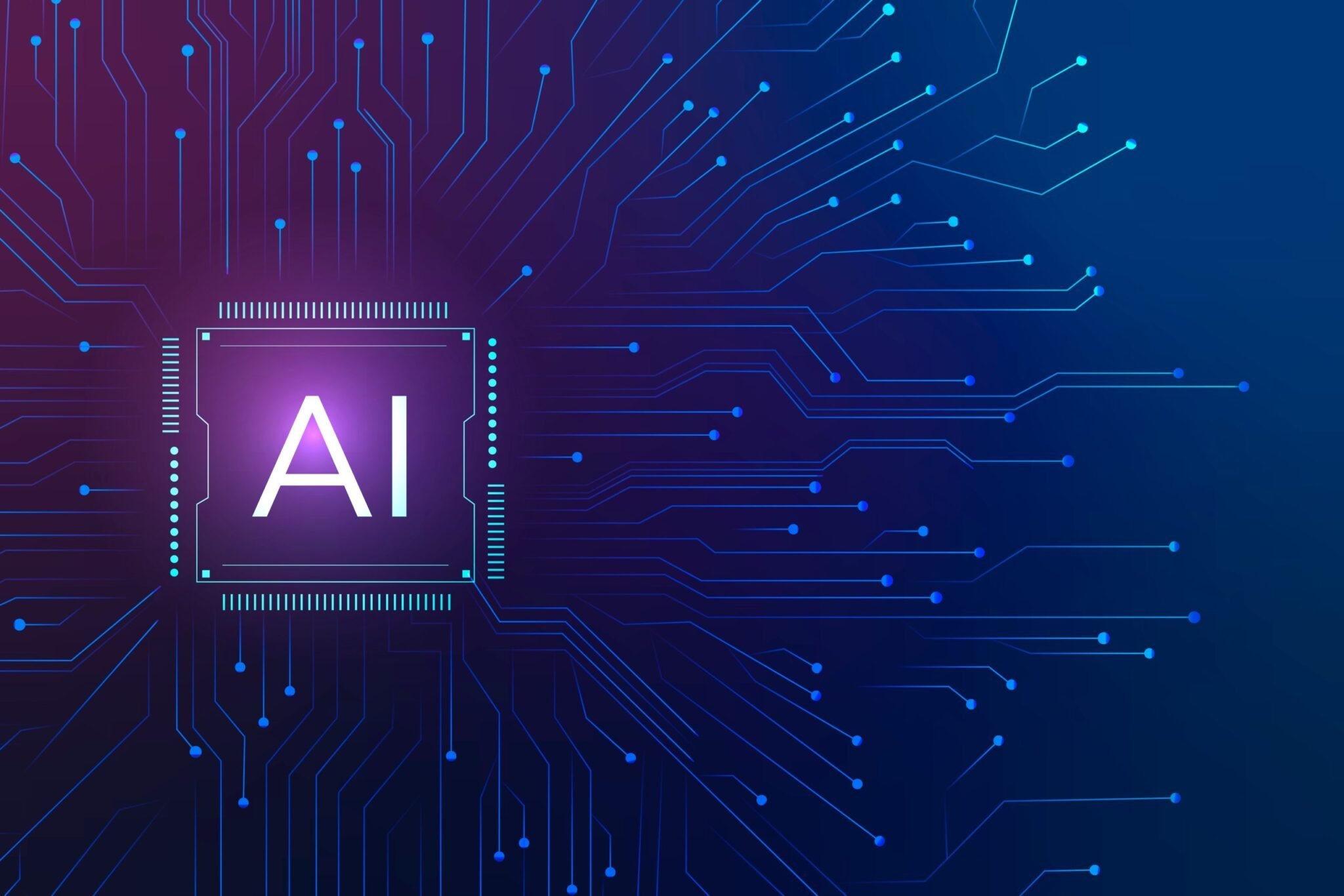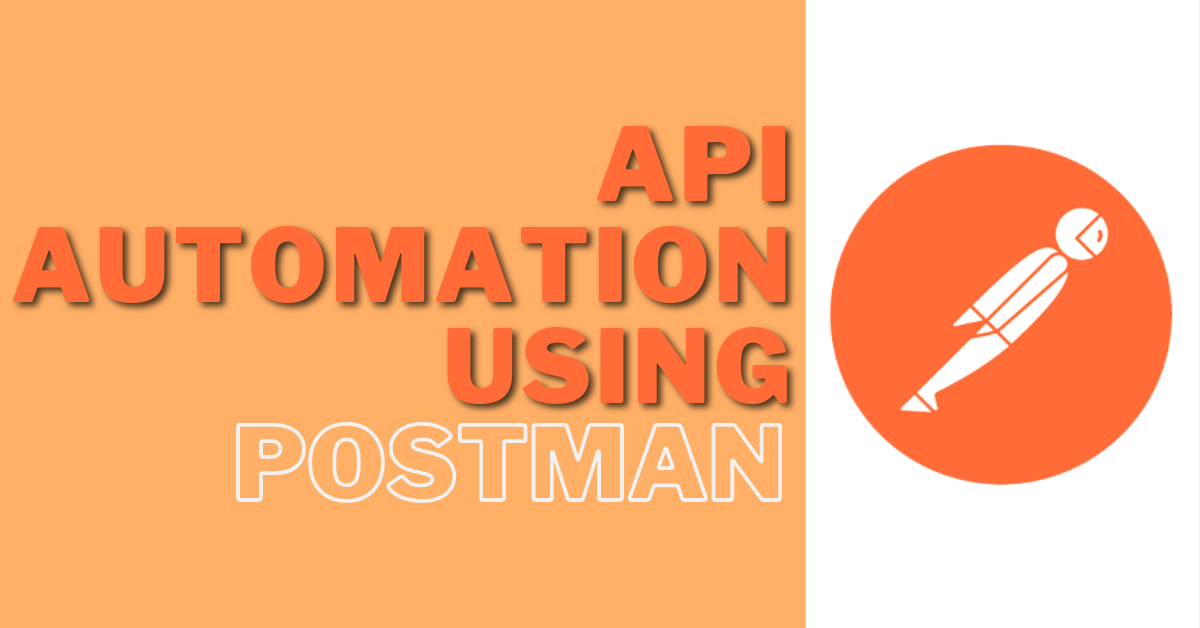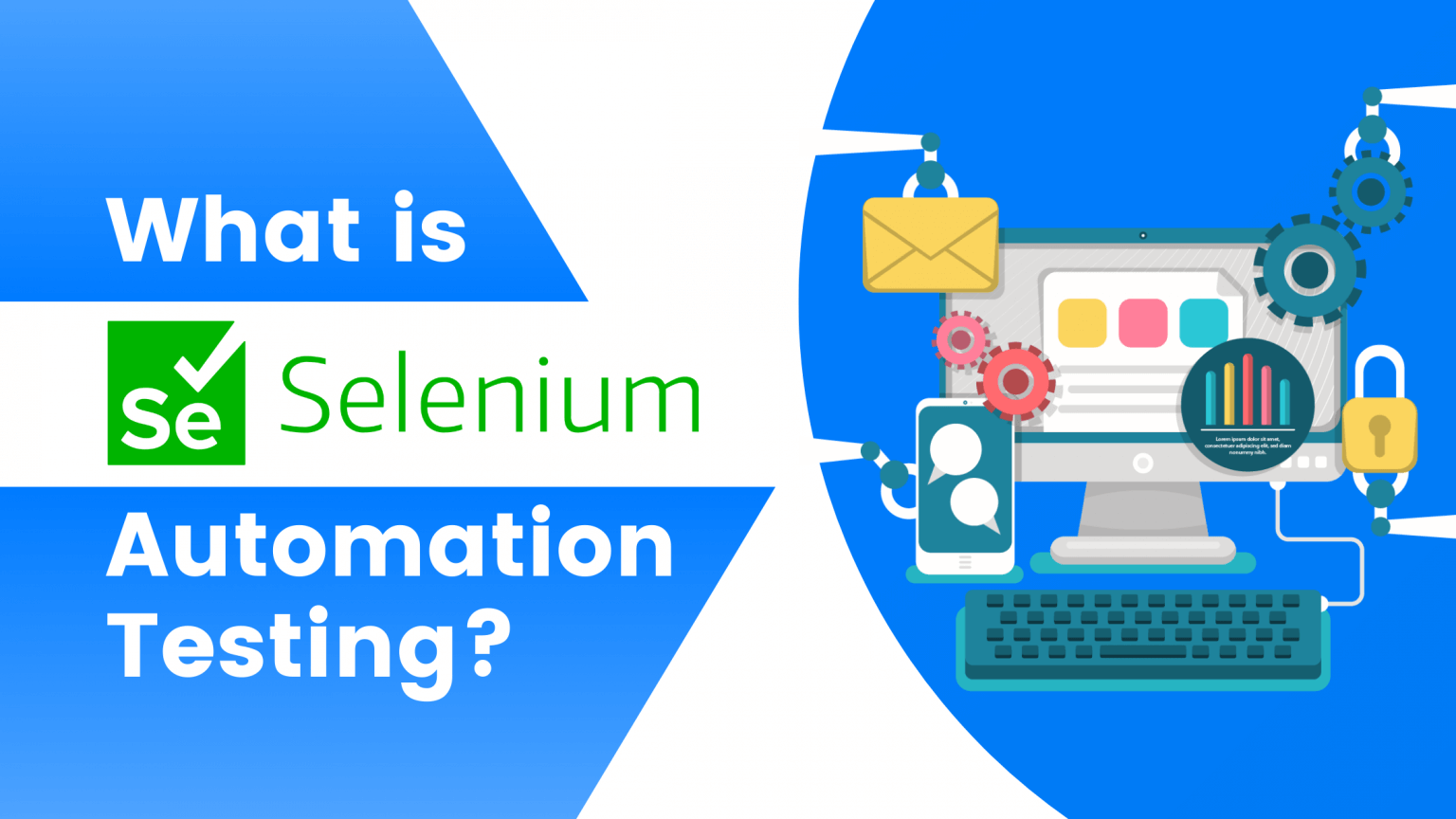
Introduction: The Impact of Artificial Intelligence Development
The Impact of Artificial Intelligence (AI) development has brought about a revolutionary transformation across industries, reshaping healthcare, finance, transportation and entertainment. This innovative technology involves creating computer systems that emulate human intelligence. In this exploration, we will delve into the core concepts, tools, platforms and the various advantages and challenges associated with the fascinating world of AI.
Defining Artificial Intelligence: Bridging the Gap Between Machines and Human Intelligence
Artificial Intelligence (AI) is a branch of computer science that focuses on creating intelligent systems capable of mimicking human cognitive functions. These functions include learning, reasoning, problem-solving, perception, and language understanding. AI systems can be classified into two broad categories: Narrow AI (Weak AI) and General AI (Strong AI). Narrow AI is designed to perform specific tasks with proficiency, like voice recognition or image classification. In contrast, General AI seeks to exhibit human-like intelligence across a wide range of activities.
Key Tools Empowering AI Development
Several powerful tools and frameworks are essential in the development of AI applications. Some of the most important ones include:
- Machine Learning: This subset of AI allows systems to learn from data and improve their performance over time without explicit programming.
- Neural Networks: Inspired by the human brain’s neural structure, neural networks are crucial for pattern recognition and decision-making tasks.
- Natural Language Processing (NLP): NLP enables machines to comprehend, interpret, and generate human language, facilitating chatbots, language translation, and sentiment analysis.
- Robotics: Robotics combines AI and physical systems, enabling machines to interact with the physical world and perform tasks autonomously.
Crafting the AI Ecosystem: Platforms, Environments, and Necessities
The realm of AI application development necessitates specific platforms and environments tailored to diverse tasks. Prominent platforms include TensorFlow, PyTorch, and Keras for deep learning, alongside scikit-learn for classical machine learning algorithms. In the context of Natural Language Processing, libraries like NLTK (Natural Language Toolkit) and spaCy stand out.
The complexity of AI development calls for substantial computational power and data resources. High-performance hardware like GPUs and TPUs (Tensor Processing Units) expedite the training of intricate models. Additionally, cloud-based services offered by industry giants such as Google Cloud, Amazon Web Services, and Microsoft Azure provide scalable resources for seamless AI development.
Exploring the Landscape: Pros and Cons of Artificial Intelligence
Positive Aspects:
- Increased Efficiency: AI automates repetitive tasks, boosting productivity and efficiency in various industries.
- Improved Healthcare: AI aids in medical diagnosis, drug development, and personalized treatment plans, improving patient outcomes.
- Enhanced Customer Experience: AI-powered chatbots and recommendation systems provide personalized interactions and tailored product suggestions.
- Advancements in Research: AI accelerates scientific research by processing vast amounts of data and identifying patterns and correlations.
Negative Aspects:
- Job Displacement: As AI automates certain job functions, there is a concern about job loss and the need for reskilling the workforce.
- Bias and Fairness: AI algorithms can perpetuate existing biases present in training data, leading to unfair outcomes and discrimination.
- Ethical Concerns: The deployment of AI in critical areas like autonomous weapons raises ethical questions about human control and responsibility.
- Security Risks: AI applications can be vulnerable to malicious attacks, leading to data breaches and privacy issues.
Conclusion: Embracing AI’s Potential Responsibly for a Transformed Future
Artificial Intelligence holds the potential to revolutionize societies worldwide, ushering in innovation and transformation. Grasping its core concepts, tools, platforms, and implications is pivotal for harnessing its capabilities while responsibly addressing challenges. As AI advances, embracing it with foresight and ethical consideration promises a promising future, characterized by responsible innovation and societal progress.
references:
- Deep Learning with TensorFlow: Explore the power of deep learning with TensorFlow, a popular open-source machine learning framework. Learn more
- PyTorch for AI Research: PyTorch offers a dynamic, open-source platform for AI research and development. Discover more
- Natural Language Toolkit (NLTK): NLTK is a leading platform for building Python programs to work with human language data. Explore NLTK
- spaCy Natural Language Processing Library: Learn more about spaCy, a fast and efficient NLP library for various language processing tasks. Check it out
- Google Cloud AI Services: Google Cloud offers a suite of AI services and tools to accelerate your AI development journey. Explore Google Cloud AI
- Amazon Web Services (AWS) AI Solutions: AWS provides a range of AI services to help you build, train, and deploy machine learning models at scale. Learn about AWS AI
- Microsoft Azure AI Services: Azure offers comprehensive AI capabilities, including machine learning, cognitive services, and more. Discover Azure AI
- AI Bias and Fairness: Explore the challenges and strategies for addressing bias in AI systems to ensure fairness and ethical outcomes. Read more



